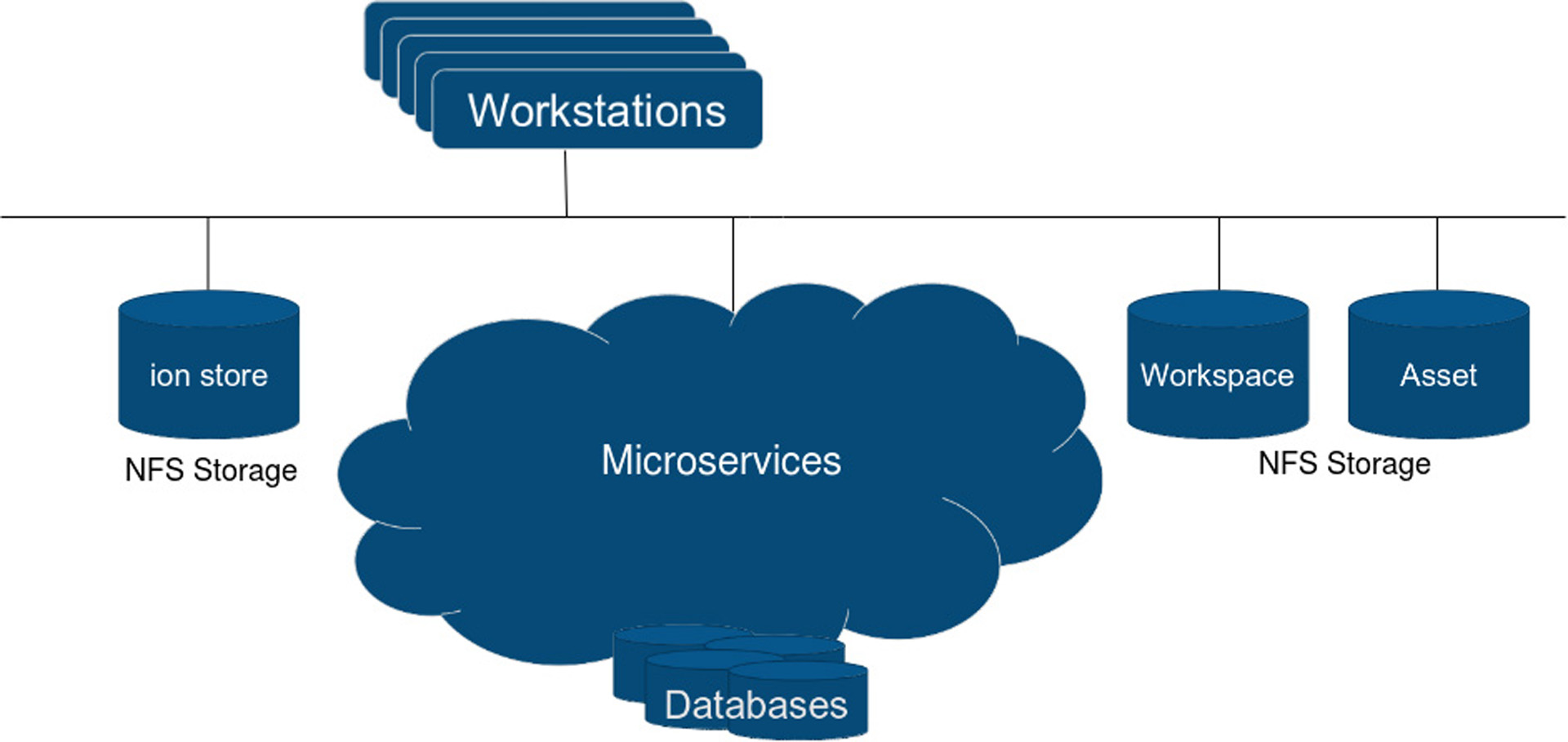“Building Modern VFX Infrastructure”
Conference:
Type(s):
Entry Number: 49
Title:
- Building Modern VFX Infrastructure
Presenter(s)/Author(s):
Abstract:
In order to meet the rapidly evolving needs of the VFX industry, studios need to be able to adapt and upgrade quickly. However, the infrastructure stack at most companies is complex, usually set up over a number of years with significant customizations and proprietary software. Maintaining this stack requires dedicated teams. Upgrades can take months and are usually fraught with risk.
The engineering team at MPC drastically reduced this time to deployment from months to a few days by using cloud native so lutions. Built on a foundation of microservices, the infrastructure stack provides an asset management system, storage, sync and compute capabilities. Within the first year it was deployed across two sites in different timezones, supporting up to 200 artists. Thus proving the ability for VFX studios to scale rapidly.
References:
Jozef Van Eenbergen. 2014. Amanda: A New Generation of Distributed Services Frame work (EuroPython ’14). https://archive.org/details/EuroPython_2014_zWSMQ8ep Daniel Hall. 2013. Ansible Configuration Management. Packt Publishing. Kelsey Hightower, Brendan Burns, and Joe Beda. 2017. Kubernetes: Up and Running Dive into the Future of Infrastructure (1st ed.). O’Reilly Media, Inc. Sreenivas Makam. 2016. Mastering CoreOS. Packt Publishing.
Keyword(s):
Acknowledgements:
Thanks to David Zuber, Robert Jaworzyn who were part of the core team that built this platform. Special thanks to David Stinson, Jozef Van Eenbergen and William Hall for their invaluable guidance and support.





